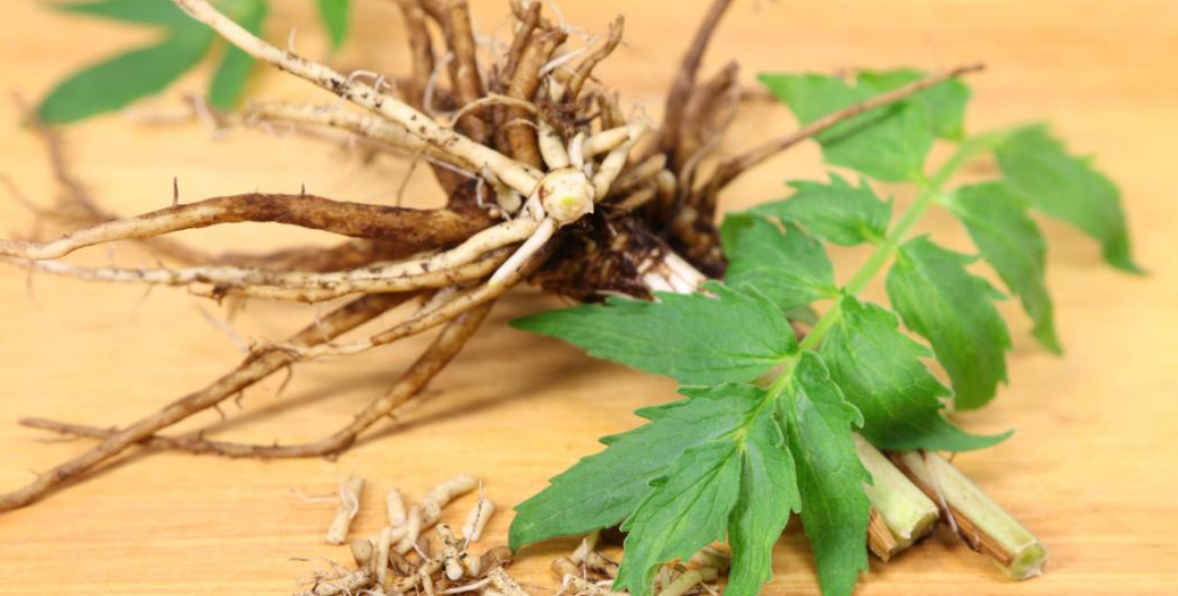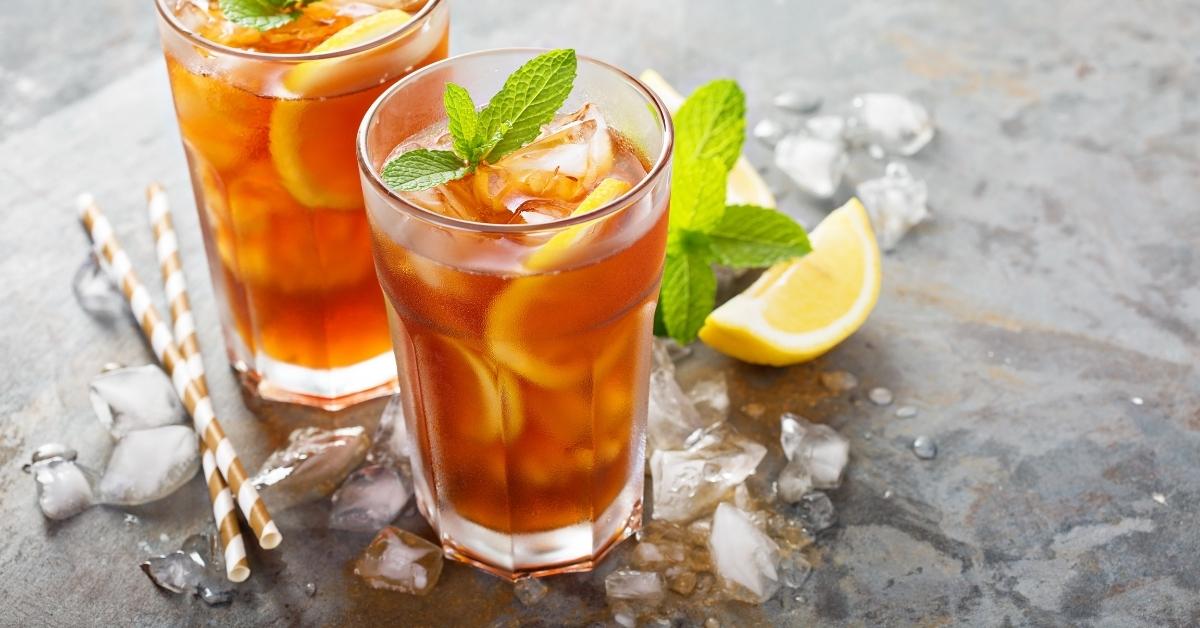As Champagne grapes are only used for the French sparkling wines from region of Champagne in France, Darjeeling teas come only from Darjeeling Region, located on the foothill of Himalayas.
Tea gardens are located at an altitudes of up to 4000 feet above sea level, where the soil is slightly acidic. A sub-tropical climate with alternating sunny and cl oudy days offers the perfect conditions for growing exceptional teas. Because of the relatively cool weather the bushes do not grow quickly. Darjeeling production is limited and represents only 3 per cent of total tea production in India.
oudy days offers the perfect conditions for growing exceptional teas. Because of the relatively cool weather the bushes do not grow quickly. Darjeeling production is limited and represents only 3 per cent of total tea production in India.
The process of manufacturing Darjeeling teas is called " Orthodox", and the technologies used are as it was in 1800s. The main focus is on quality, not quantity. The Orthodox method uses expertise and intuition to control chemistry of the leaves. The particularity of tea leaves processing gives each batch its own characteristics. Subtle variation creates flavors like the famous muscatel character, or berries. Aroma varies from floral, fruity to smoky and chocolaty.
MIM is an Estate of Darjeeling area of Northern India.  The best time of the year for quality is during 'second-flush' (end May - end June). During this time Darjeelings are incomparable to any other tea in the world. The fragrance and taste is a complex bouquet that reaches right out of the cup. Some would describe the taste as nutty; others find it reminds them of black currants, but most often it is described as similar to the taste and fragrance of muscat grapes. We have many Darjeeling Teas but only Darjeeling MIM is available in tea bags. The liquor is bright and the taste is full and round with excellent muscatel character. An superb afternoon tea that is especially good with cookies or raspberry jam.
The best time of the year for quality is during 'second-flush' (end May - end June). During this time Darjeelings are incomparable to any other tea in the world. The fragrance and taste is a complex bouquet that reaches right out of the cup. Some would describe the taste as nutty; others find it reminds them of black currants, but most often it is described as similar to the taste and fragrance of muscat grapes. We have many Darjeeling Teas but only Darjeeling MIM is available in tea bags. The liquor is bright and the taste is full and round with excellent muscatel character. An superb afternoon tea that is especially good with cookies or raspberry jam.




